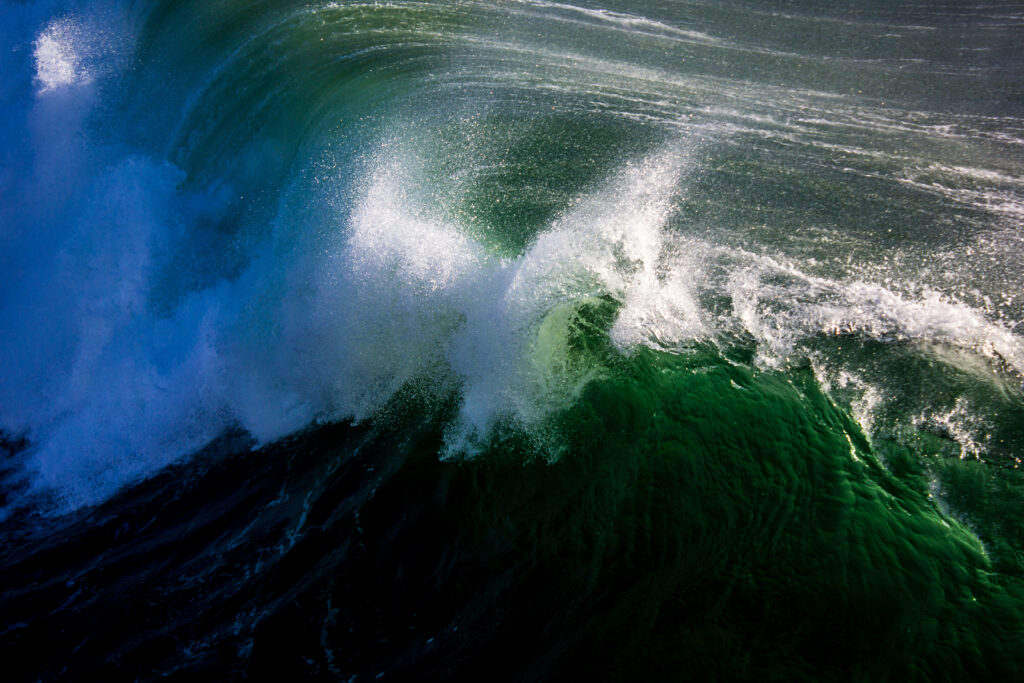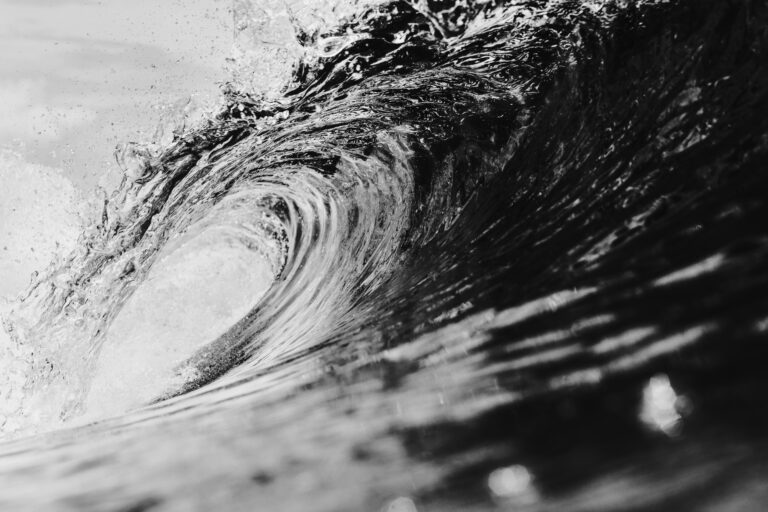
Maybe it’s the idea that they happen suddenly or that big waves always follow earthquakes—or that animals can sense them and no one else can.
You crave certainty—especially if you live near the coast or plan a visit—and want to know: what’s real, what’s outdated, and what can actually keep you safe. Read on, and you’ll start to untangle myth from fact—and feel more prepared than ever.
Thesis: Why This Topic Matters More Than You Realize
Tsunami understanding has come a long way since the early 2000s. But misconceptions still linger, from tidal wave confusion to assuming warning systems always save lives. As a result, people can either overreact or fail to act.
This explainer on Tsunami Myths Busted: What We Knew Then vs What We Know Now shows why accurate knowledge can save lives, reduce panic, and improve policy.
Myth 1: Tsunamis Are “Tidal Waves”
Many people once called tsunamis tidal waves, suggesting they’re tied to ocean tides.
However, that’s far from accurate.
Tsunamis are triggered by earthquakes, underwater landslides, or volcanic eruptions—not tides. The term “tidal wave” misleads and sells safety short.
As NOAA explains:
“Tsunamis are not related to tides.” AP News+14NOAA+14actforlibraries.org+14
In fact, the wave mechanics differ completely. While the term may sound poetic, it’s scientifically incorrect—and potentially dangerous.
Myth 2: Animals Always Sense Tsunamis First
On the other hand, many believe animals—like elephants or dogs—sense danger before humans.
Yes, there are stories of wildlife fleeing before a wave hits. In Sri Lanka in 2004, some elephants did move inland.actforlibraries.org
However, this selective observation doesn’t guarantee safety. Human behavior still matters most. Summoning memory lanes based on animal warnings is unreliable. Animals may sense ground shaking or smell air changes—but humans must still evacuate based on alarms and maps, not animals alone.
Myth 3: Modern Warning Systems Prevent All Deaths
Since the 2004 Indian Ocean tragedy, tsunami warning systems have improved. Indonesia now has multiple centers with evacuation plans and drills in some areas.The Guardian
The Indian Ocean Tsunami Warning System (IOTWS) now covers dozens of countries.The Washington Post+14Wikipedia+14The Guardian+14
Yet false alarms remain common—up to 75% in the Pacific initially, though DART buoys and better algorithms cut that over time.WIRED+1
In some coastal towns, lingering distrust of sirens still delays evacuation—even when warnings are real.
So yes, systems are better—but they are not foolproof.
Myth 4: Tsunamis Always Follow Large Earthquakes
In the past, we assumed any big quake near the coast meant a tsunami was coming.
However, not every major tremor produces a wave—and not all tsunamis originate from earthquakes.
For example, the 2009 Samoa tsunami was the product of two nearly simultaneous earthquakes, one on a normal fault and another on a thrust fault.today.usc.edu+1USGS+1WIRED
The rare but powerful 2022 Hunga Tonga eruption in the South Pacific generated tsunami waves by atmospheric shockwaves—not typical seismic activity.Wikipedia+1
As a result, the science now recognizes that not all big quakes cause tsunamis—and some non-earthquake events can. That nuance matters.
Myth 5: Small Islands Shield Nearby Coasts
Some believed islands act as buffers that protect mainland shorelines.
In fact, research shows small islands can amplify wave run-up, making waves stronger behind them.arXiv
Communities built behind beaches and islands may have slower evacuation routes and higher exposure, an unexpected hazard.
Why Understanding This Evolution in Knowledge Matters
However, misinformation persists. People still believe animals will warn them, that warnings mean guaranteed safety, or that islands always protect them.
As a result, when cues conflict or alarms fail, many freeze, or flee too late.
Effective safety depends on accurate mental models: knowing scales, recognizing warning signals, and having evacuation plans. This transforms panic into preparedness.
Education & Preparedness: Then vs Now
In the early 2000s, schooling about tsunamis was rare outside Japan and a few regions. After 2004, UNESCO launched the TsunamiReady program, promoting evacuation maps, drills, and local folk wisdom.unesco.orgThe Guardian
In the U.S., the Tsunami Warning, Education, and Research Act backed the National Tsunami Hazard Mitigation Program, integrating NOAA, FEMA, and USGS outreach.weather.gov
Yet gaps remain. Remote Indonesian villages, for example, often lack sustained tsunami education funding.National Academies Press
As noted by the National Academies:
“Education and planning are long‑term efforts that strive to make tsunami knowledge become cultural wisdom.”National Academies Press+1
Dark Humour Interlude
If a tsunami siren screams and no one believes it, is it still an emergency?
(Answer: Yes. And you’ll regret ignoring it.)
Final Takeaway & Your Next Steps
Here’s how to turn myth into preparedness:
- Learn basic natural warning signs: sudden sea level drop or unusual ocean sounds.
- Trust official alerts—but also know your evacuation route in advance.
- Teach children what the ocean might look like and what to do.
- Support programs to keep tsunami education funded and ongoing.
Conclusion: Knowledge Can Save Lives
Tsunamis don’t wait. Misconceptions about them don’t just mislead—they kill.
Today’s understanding helps us refine warnings, improve drills, and save communities.
This explainer on Tsunami Myths Busted shows why knowing what’s real can reduce fear, improve response, and save lives.
So next time the ocean acts weird or a siren goes off—don’t guess. Act.
Sources
- NOAA Science Behind Tsunamis NOAA
- Guardian on improved preparedness post‑2004 today.usc.edu+5The Guardian+5National Academies Press+5
- USC research on underestimated tsunami threats Wikipedia+3today.usc.edu+3WIRED+3
- Actforlibraries misinformation and myth list actforlibraries.org
- Science News on early warning research & DART buoys USGS+8Science News Today+8WIRED+8




